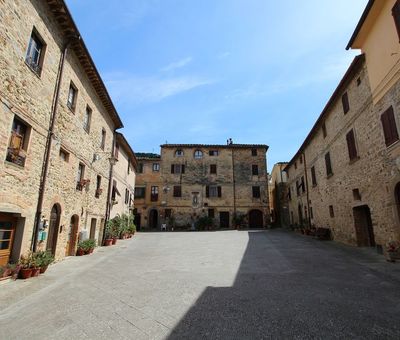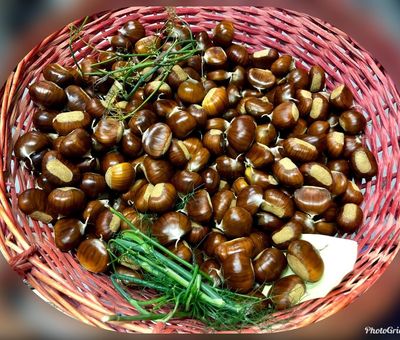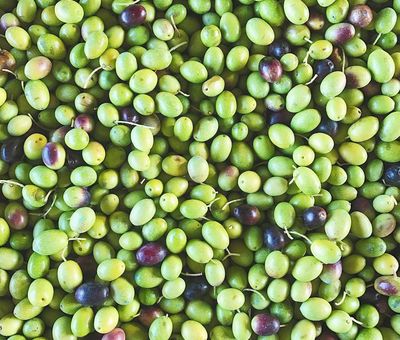For lovers of wild boar
The Etruscans and Romans appreciated this village in the Valdera very likely for the same reasons that we appreciate it today: its peace, tranquillity and the exceptional natural produce that it provides us with. Thus Chianni, claimed by the bishops of Volterra and the Pisan Republic before Florence got hold of it for good, became a destination for connoisseurs of the good things in life, which, of course, include cuisine. And since the town is surrounded by woods and the woods are teeming with wild boar, it is to the hunters and meat-lovers that Chianni dedicates its most important festival. Every second and third weekend of November, one of the oldest sagras in Tuscany takes place, where you can try boar-based dishes and other typical, local specialities of peasant cooking.
The Rivalto Marroni
Even in the Middle Ages it was known that the marroni chestnuts that came from these parts were a cut above in terms of size and quality, none more so than those from a hamlet of Chianni called Rivalto. From then on the Rivalto Marroni were spoken of as a real delicacy. They appear often in historical records, even in cadastral manuscripts from 1428, which declared “the chestnut of Chianni and Rivalto a product of high quality and economic value”. Here, as in the many mountainous and hilly tracts of Tuscany that are not kind to grain farmers, the chestnut sustains people, giving flour and nourishment to local families. The Rivalto Marroni is still much sought-after and prized in the local market, and its own traditions and connections with the territory have kept it alive and popular, generation after generation.
The importance of being 1
When we talk about extra virgin olive oil, we very often talk about its acidity, which in fact is one of the better measures of the oil’s quality. An extra virgin olive oil made from healthy olives, picked just at the right level of maturity with correct harvesting and conservation techniques, should be very low in acidity. Here is made an extra virgin olive oil that can boast to having an acidity level of less than 1%. The local farmers are rightly proud of their product, which comes from an area where olives have been grown on the slopes since the time of the Etruscans. The Romans, gourmets that they were, called the olives viride (blooming), on account of their intense colour, and they were brought to Rome by the bucketload.







